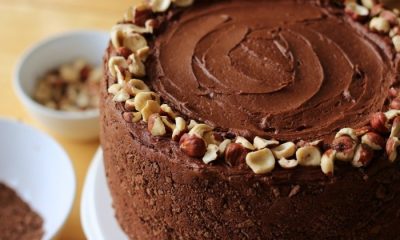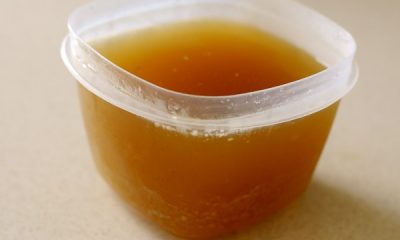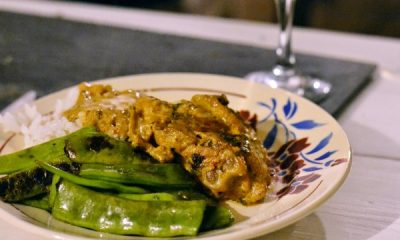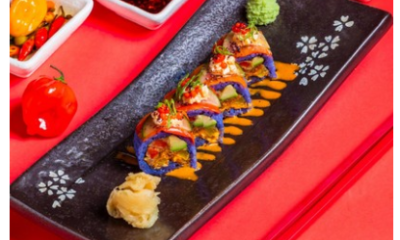Food Blogs
Pate a Crepes Recipe
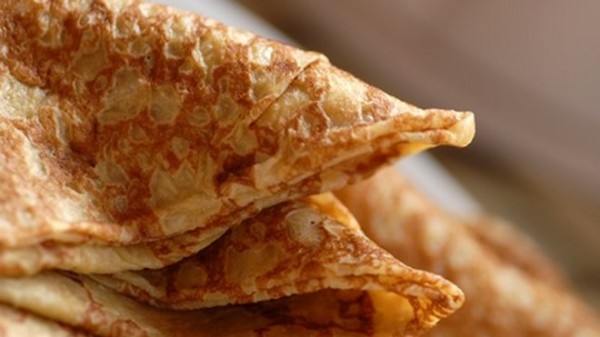
| Servings |
MetricUS Imperial
|
- 1 cup cold water
- 1 cup cold milk
- 4 eggs
- tsp ½salt
- 1 cups ½flour scooped and leveled
- 4 Tb melted butter
- A rubber scraper
Ingredients
|

|
- Put the liquids, eggs, and salt into the blender jar. Add the flour, then the butter. Cover and blend at top speed for 1 minute. If bits of flour adhere to sides of jar, dislodge with a rubber scraper and blend for 2 to 3 seconds more. Cover and refrigerate for at least 2 hours.
- The batter should be a very light cream, just thick enough to coat a wooden spoon. If, after making your first crêpe, it seems too heavy, beat in a bit of water, a spoonful at a time. Your cooked crêpe should be about 1/16 inch thick.
Method for Making Crêpes:
The first crêpe is a trial one to test out the consistency of your batter, the exact amount you need for the pan, and the heat.
An iron skillet or a crêpe pan with a 6½- to 7-inch bottom diameter
A piece of fat bacon or pork-rind; OR 2 to 3 Tb cooking oil and a pastry brush
Rub the skillet with the rind or brush it lightly with oil. Set over moderately high heat until the pan is just beginning to smoke.
Iron Crêpe Pans
Top—French Crêpe Pan
Left—American Skillet
Right—Omelette Pan
A ladle or measure to hold 3 to 4 Tb or ¼ cup
Immediately remove from heat and, holding handle of pan in your right hand, pour with your left hand a scant ¼ cup of batter into the middle of the pan. Quickly tilt the pan in all directions to run the batter all over the bottom of the pan in a thin film. (Pour any batter that does not adhere to the pan back into your bowl; judge the amount for your next crêpe accordingly.) This whole operation takes but 2 or 3 seconds.
Return the pan to heat for 60 to 80 seconds. Then jerk and toss pan sharply back and forth and up and down to loosen the crêpe. Lift its edges with a spatula and if the under side is a nice light brown, the crêpe is ready for turning.
Turn the crêpe by using 2 spatulas; or grasp the edges nearest you in your fingers and sweep it up toward you and over again into the pan in a reverse circle; or toss it over by a flip of the pan.
Brown lightly for about ½ minute on the other side. This second side is rarely more than a spotty brown, and is always kept as the underneath or nonpublic aspect of the crêpe. As they are done, slide the crêpes onto a rack and let cool several minutes be fore stacking on a plate. Grease the skillet again, heat to just smoking, and proceed with the rest of the crêpes. Crêpes may be kept warm by covering them with a dish and setting them over simmering water or in a slow oven. Or they may be made several hours in advance and reheated when needed. (Crêpes freeze perfectly.) As soon as you are used to the procedure, you can keep 2 pans going at once, and make 24 crêpes in less than half an hour.

